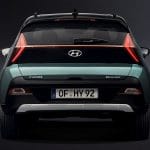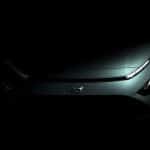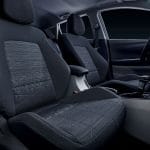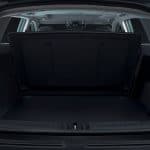SUVs are a force that destroys everything. Although many do not offer really useful country capabilities, their appearance has won over many buyers. The B-SUV segment is reaching impressive sales levels, and that is why all brands are fighting in it with at least one product, Hyundai, on the other hand, is doing so with two, the last of which has been presented at the beginning of 2021, its name : Hyundai bayon. At the beginning of 2024 it receives a small aesthetic, mechanical and technological update.
We have tested this car:
Test Hyundai Bayon 1.0 T-GDI 120 CV 48V DCT 7v Style (with video)Test Hyundai Bayon 1.0 T-GDI 100 CV 48V i-MT 6v TecnoEl Hyundai Kona it was the brand's first to explore that terrain, and the Bayon just adds more options for customers. For those looking for a different design and a slightly smaller sizer, since it is positioned as the smallest model of the SUV family, leaving above the rest of the units such as the Hyundai Tucson o Hyundai Santa Fe.
Although aesthetically it follows the same patterns as its older brother, the Bayon offers a design that mixes concepts of the house. Double headlight, with daytime running lights at the top. And the rear part where a large gate takes up almost all the prominence with a very striking lighting from side to side that reminds a little of the utility Hyundai i20. Of course, it uses typical resources of the segment, such as the bodywork painted in two colors.
Technical characteristics of the Hyundai Bayon

The Hyundai Bayon seeks to conquer a different customer, as we have already said, a B-segment customer looking for a more robust and country look than the one offered in the i20. The similarities between both models go beyond what might seem at first, since both share a platform, as does the KIA Rio. It is a modular structure capable of adjusting to various needs.
Despite relying on the same structure, the measurements are slightly different, just a couple of centimeters here and there. The Bayon reaches external heights of 4,18 meters long, 1,77 meters wide and 1,49 meters high. Perfectly nested measurements for the B-SUV segment. To them must be added a wheelbase of 2,58 meters. A generous battle that allows you to offer a correct habitability.
Hyundai has made an effort to offer a generous interior space, although in this case it is limited to four adult passengers, since the addition of a fifth will cause serious comfort problems. To conclude, it should be noted that the Hyundai Bayon announces a trunk with a minimum of 411 liters, an excellent figure and one of the best in the category.
Mechanical range and gearboxes of the Hyundai Bayon
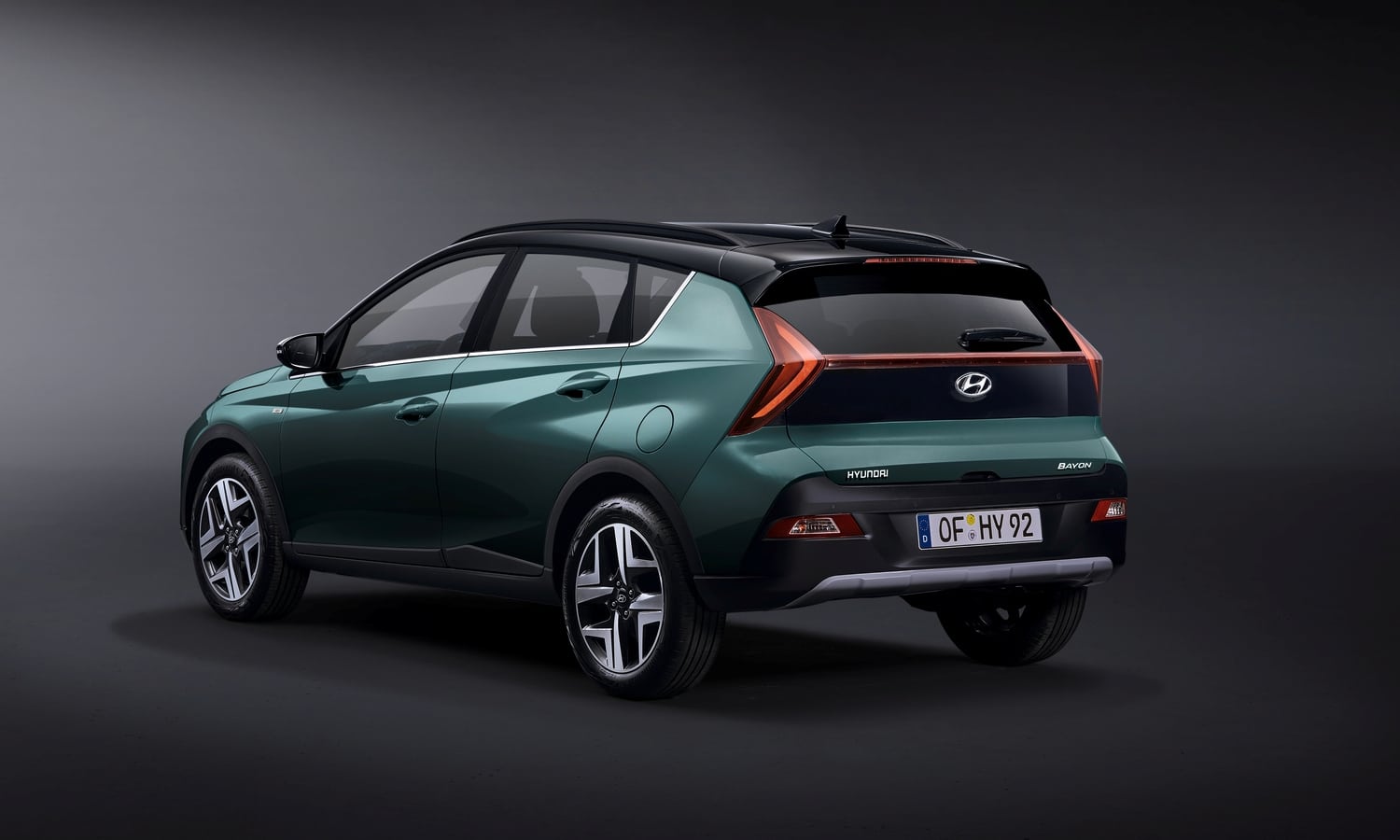
Sharing a platform with the i20 also gives you access to its range of engines, or at least a large part of it. At the moment, and given the recent launch of the product, the initial range is not complete. The entire portfolio is based exclusively on gasoline engines, lacking highly electrified and diesel versions, falling only into the arms of Mild-Hybrid technology.
For the most part, the range is supported by a single engine, the 1.0 T-GDI. This is going to be the only unit that can equip MHEV technology, well not all variants, since it will not always be attached to it and therefore not all versions will have the advantageous DGT ECO label. this engine develops two power levels: 100 and 120 horsepower, and regardless of which one, the power is always sent to the front axle.
The offer starts on a lower step, with the atmospheric block of three cylinders and 1.2 liters. It delivers 84 horsepower and 118 Nm of torque. It is always linked to a five-speed manual transmission. In the case of the 1.0 T-GDI, the transmission options are six-speed manual or seven-speed dual-clutch automatic. In no case will the benefits be sought, even dispensing with a sports variant N.
Equipment of the Hyundai Bayon
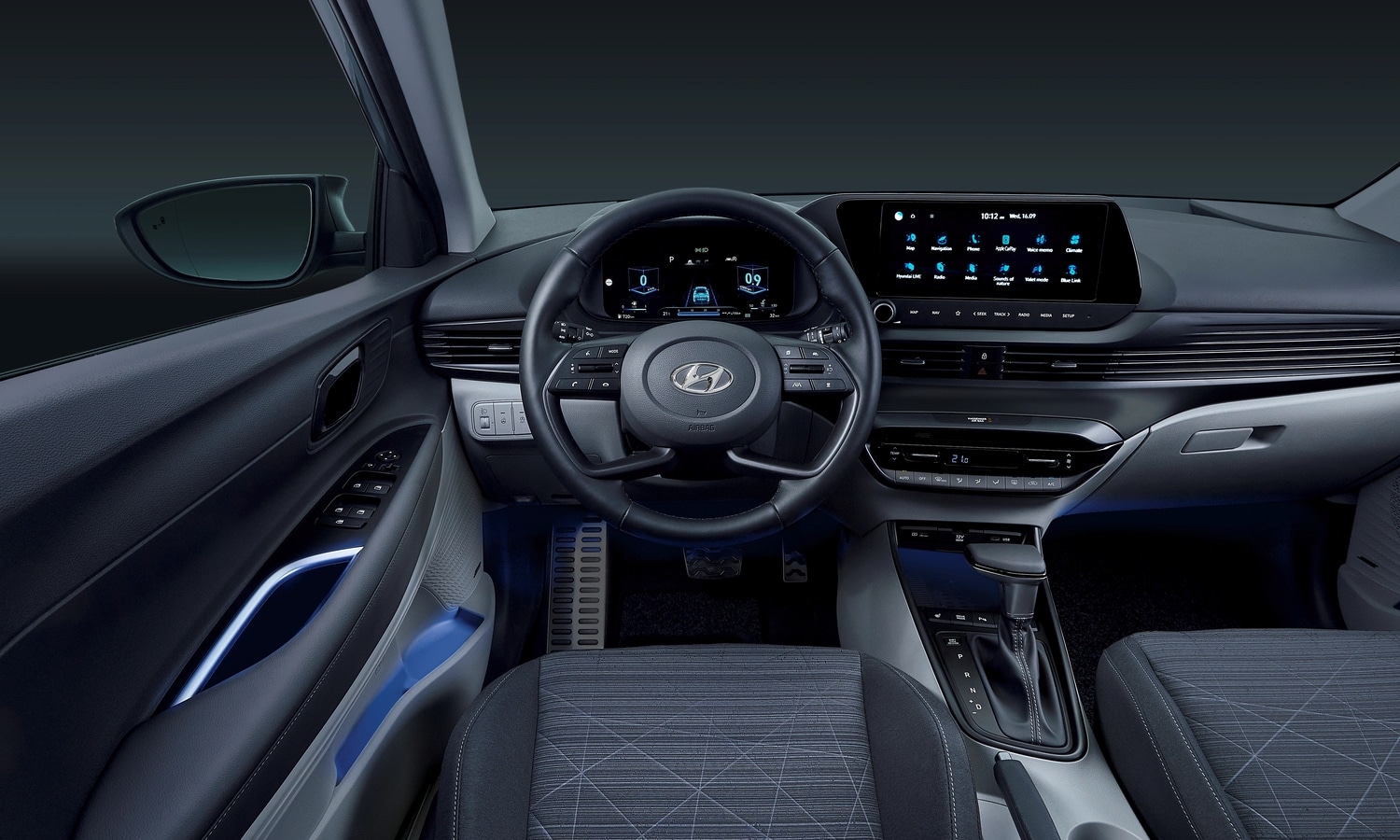
The Hyundai Bayon is once again inspired by the i20 from the inside. The small SUV completely steals the design of the utility, showing a traced interior, both in form and technology and also materials. Being a small and cheap model, the main material is hard plastic. A plastic that covers all surfaces, not generating much sense of perceived quality but a correct sense of durability and resistance.
As is customary in the house, Hyundai fragments the Bayon's equipment into different levels that allow the customer to opt for greater customization. From lowest to highest endowment we find: Essence, Klass, Maxx, Tecno, Style and Style2C. In each of them not only more technologies are incorporated, different changes are also applied at an aesthetic level, both in the bodywork and in the interior, receiving specific details and materials of different quality.
As far as equipment is concerned, the Hyundai Bayon dispenses with any size bias in this case. Assemble state-of-the-art systems typical of higher segments. Many elements should be highlighted, such as: a digital instrument panel with a 10,25-inch screen, multimedia system with touch panel up to 10,25 inches with browser, connected services, connectivity for mobile devices, induction charger, LED headlights and a wide range of driving assistants.
Hyundai Bayon video test
The Hyundai Bayon according to Euro NCAP
Despite its small size, the Korean SUV achieves good data in safety tests. end of 2021 Euro NCAP tests the safety of the Hyundai Bayon, cataloging it with its five stars. Your highest score. The results by sections are as follows: 76 out of 100 in protection of adult passengers, 82 out of 100 in protection of child occupants, 76 out of 100 in vulnerability of pedestrians and 67 out of 100 in operation of driving assistants. These assessments remain valid after the update at the beginning of 2024 as there are no changes to the structure of the vehicle.
Rivals of the Hyundai Bayon
Although Hyundai already has a similar model in the B-SUV segment, the Bayon tries to position itself as a different and cheaper model. That implies that you will have to measure the faces with some rivals that have been in the market much longer, such as: Opel Mokka, Volkswagen T-Cross, KIA Sonic, Mazda CX-3, SEAT Arona, Toyota yaris cross y Suzuki Vitara, among others. Natural enemies by size, by characteristics and also by price.
Highlight
- Integrated
- Equipment
- Consumption
To improve
- short mechanical range
- back row
- basic equipment
hyundai bayon price
Thanks to its small size, the Bayon is positioned as one of the cheapest models of the house and the cheapest SUV of all those present in the Korean firm. The starting price of the Hyundai Bayon is 21.140 euros, without offers or promotions. That amount refers to a model with an Essence finish and 1.2-horsepower 84 MPi mechanics with a manual transmission. The most expensive of all is the Bayon 1.0 TGDi with MHEV technology, 120 horsepower, automatic transmission and Style2C finish. Its price is offered from 29.820 euros, without offers or promotions.
Image gallery
The content of the article adheres to our principles of editorial ethics. To report an error click here.







